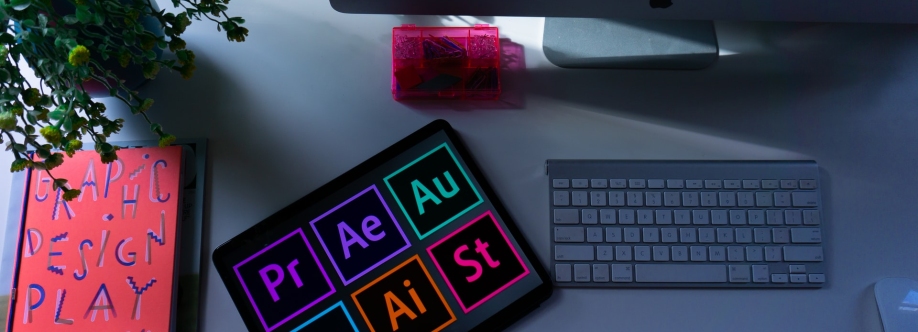
Apr
Exploring Retro Futurism in Graphic Design
Introduction to Retro Futurism
Retro Futurism, as the name suggests, is a creative vision of the future as envisioned from the past. It emerged in the mid-20th century, primarily in the aftermath of World War II and during the height of the Space Age. Artists and designers of that era were fascinated by the idea of technological progress and its potential impact on society, leading to the birth of Retro Futurism.
History of Retro Futurism in Graphic Design
In the realm of graphic design, Retro Futurism found early expression through imaginative illustrations, posters, and advertisements. The 1950s and 1960s witnessed a surge of optimism towards the future, reflected in the sleek lines, vibrant colours, and futuristic motifs prevalent in graphic design of the time.
Characteristics of Retro Futurism in Graphic Design
Graphic designers drew inspiration from science fiction, space exploration, and futuristic concepts, resulting in distinctive characteristics such as bold colours, streamlined shapes, and imagery depicting advanced technology. These elements, combined with a nostalgic nod to the past, created a unique aesthetic that continues to captivate audiences today.
Exploring Retro Futurism in Modern Graphic Design
While rooted in the past, Retro Futurism remains a relevant and influential force in contemporary graphic design. Many designers draw inspiration from the retro-futuristic aesthetic, incorporating elements of nostalgia alongside modern sensibilities to create visually striking and thought-provoking designs.
Retro Futurism in Popular Culture
Beyond the realm of design, Retro Futurism has permeated popular culture through films, television shows, and music. Iconic examples include the sleek, futuristic cityscapes of "Blade Runner" and the retro-futuristic technology featured in the "Star Wars" franchise, which have left an indelible mark on audiences worldwide.
The Appeal of Retro Futurism
What makes Retro Futurism so appealing? Perhaps it's the sense of optimism and possibility it embodies, offering a glimpse into alternative futures where technology has transformed society in unimaginable ways. Moreover, Retro Futurism allows us to revisit the past with a fresh perspective, reimagining historical aesthetics through a futuristic lens.
Challenges in Implementing Retro Futurism in Graphic Design
However, implementing Retro Futurism in graphic design comes with its challenges. Striking the right balance between homage and innovation is essential to avoid falling into clichés or pastiche. Designers must tread carefully to ensure their creations resonate with audiences while pushing the boundaries of creativity.
Future Prospects of Retro Futurism in Graphic Design
Looking ahead, the future of Retro Futurism in graphic design appears promising. As technology continues to evolve, new possibilities emerge for blending past and future aesthetics in innovative ways. The timeless allure of Retro Futurism ensures its enduring relevance in the ever-changing landscape of design.
Are you looking For Best Graphic Design Course in Delhi? Click Here https://www.tgcindia.com/course/graphic-design-courses-in-delhi/
Conclusion
In conclusion, Retro Futurism remains a fascinating and influential movement in graphic design, offering a compelling synthesis of past and future visions. Its enduring appeal lies in its ability to evoke nostalgia while inspiring imagination, making it a perennial favorite among designers and audiences alike.